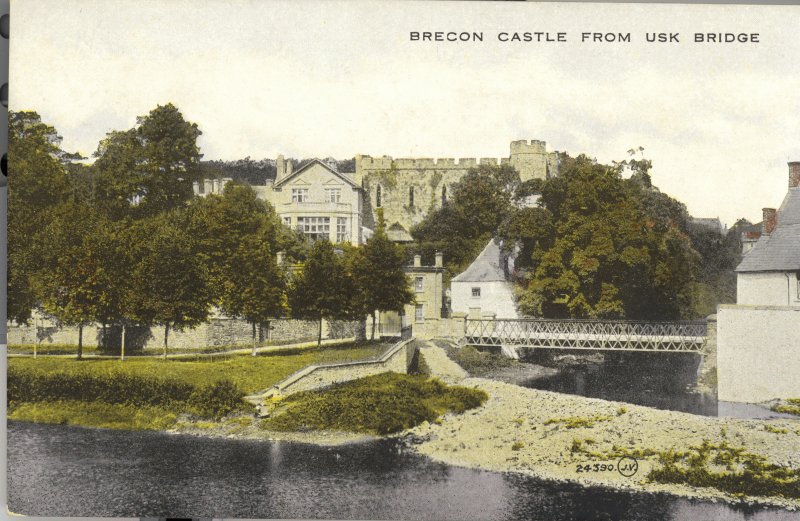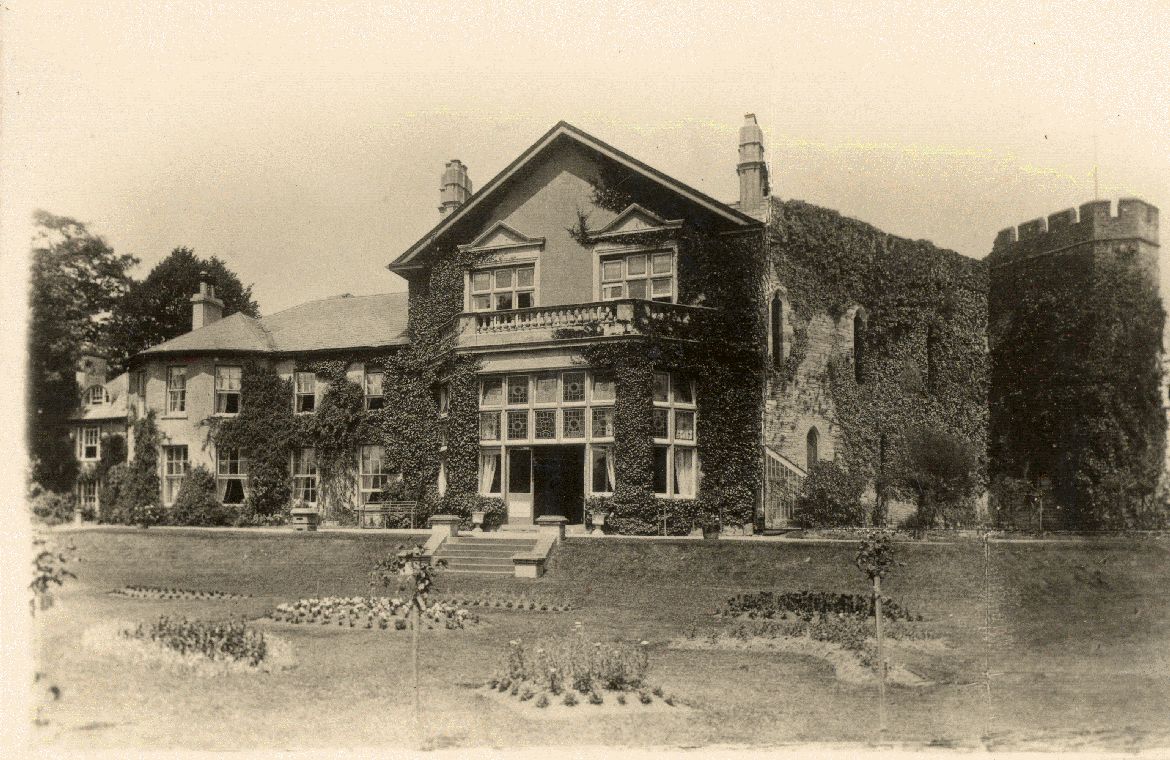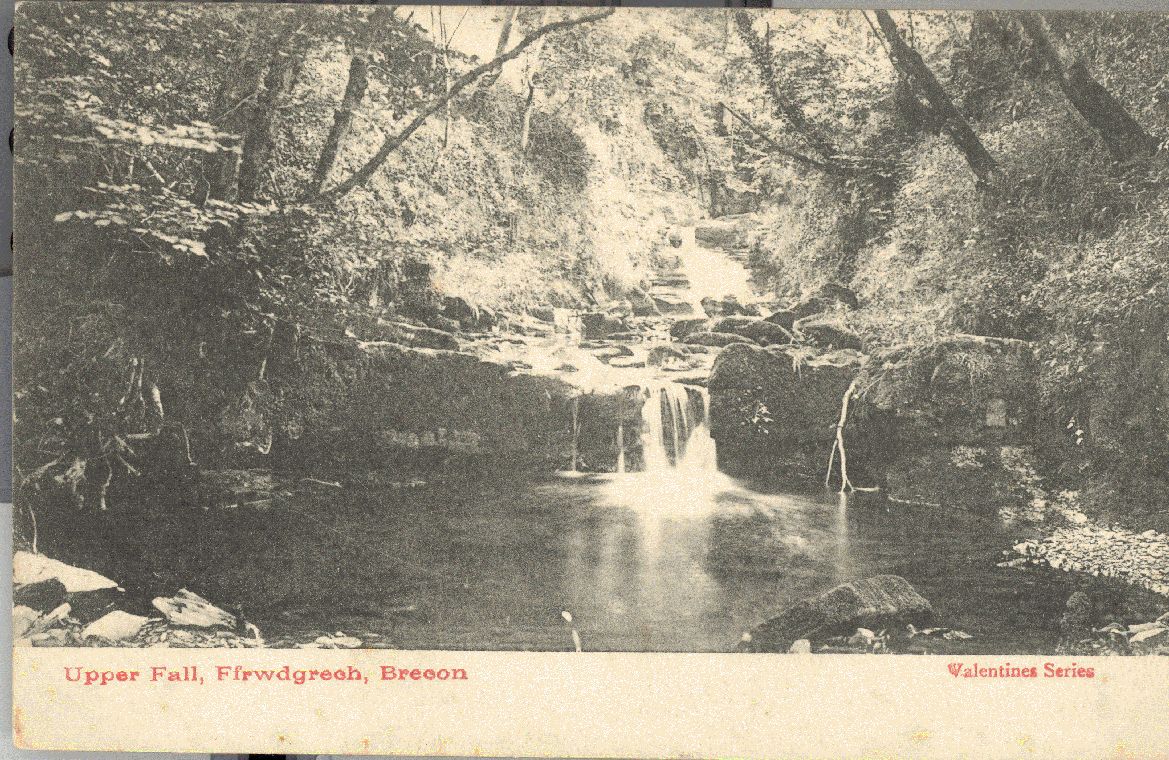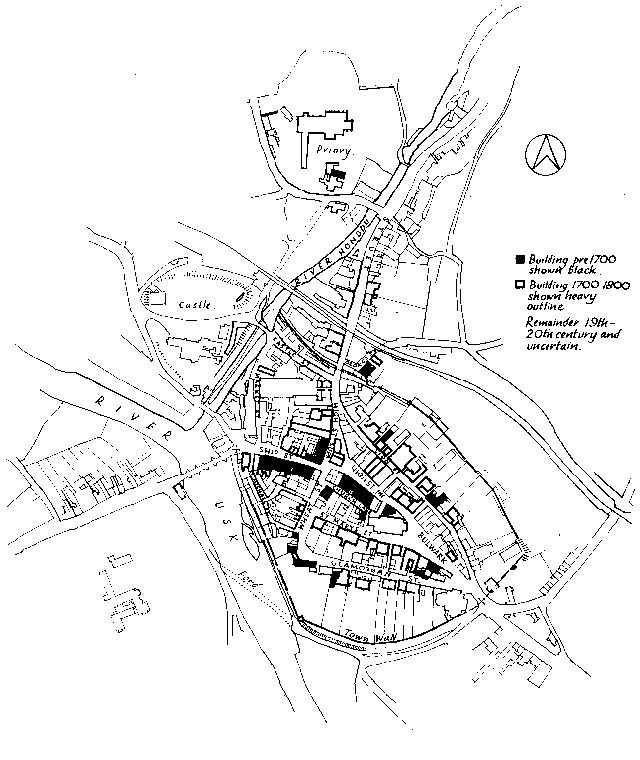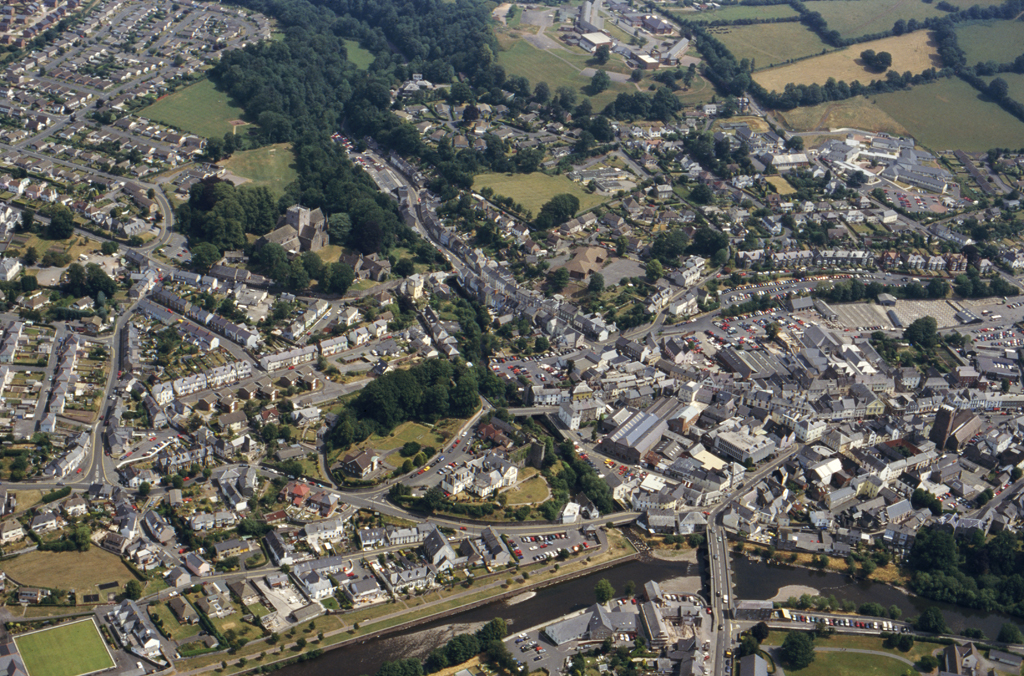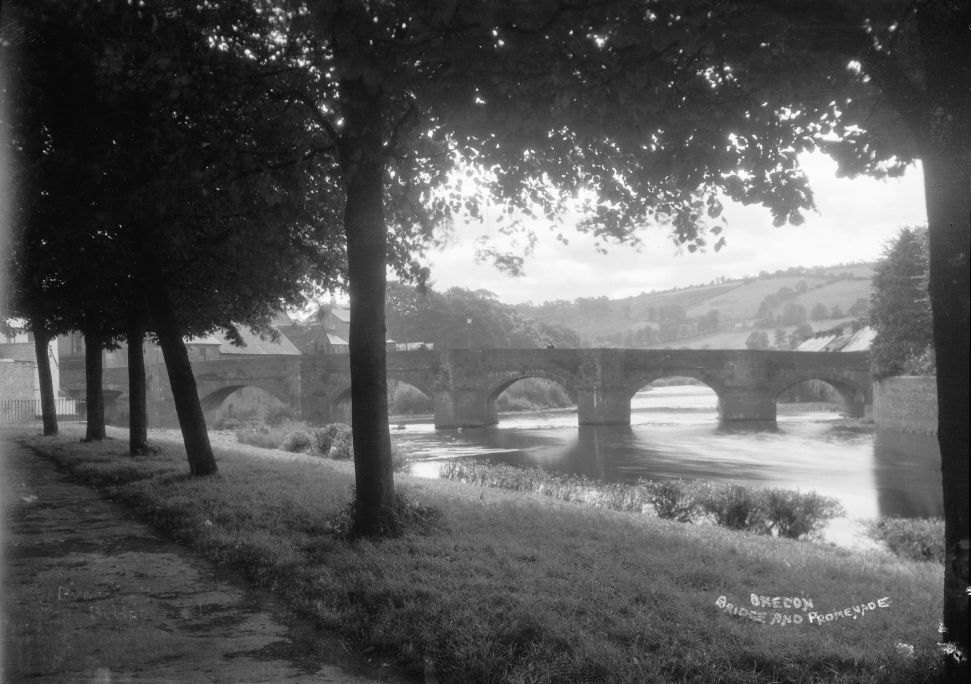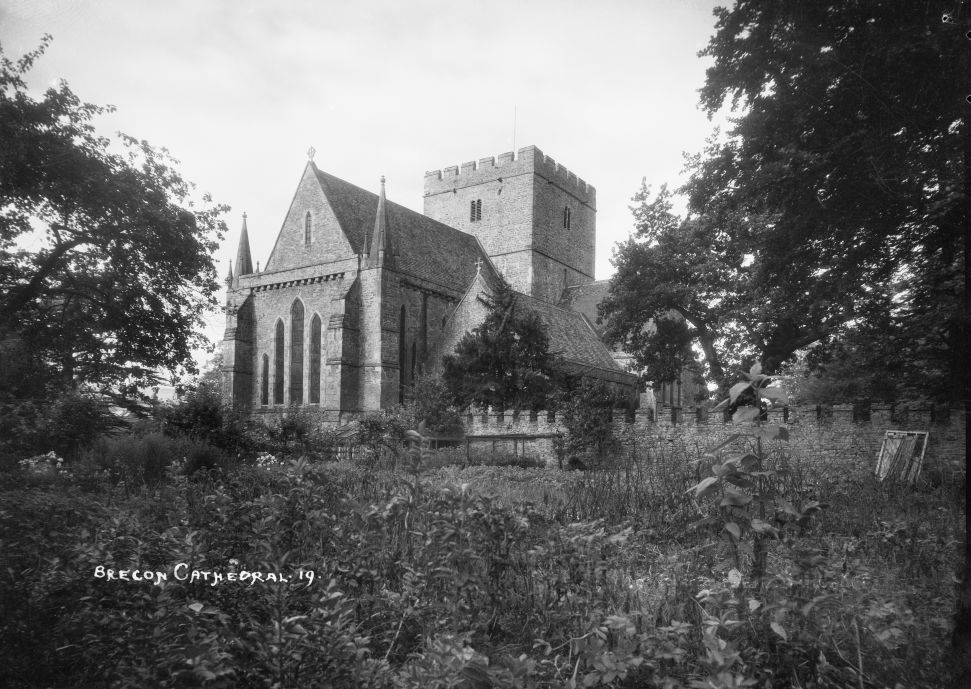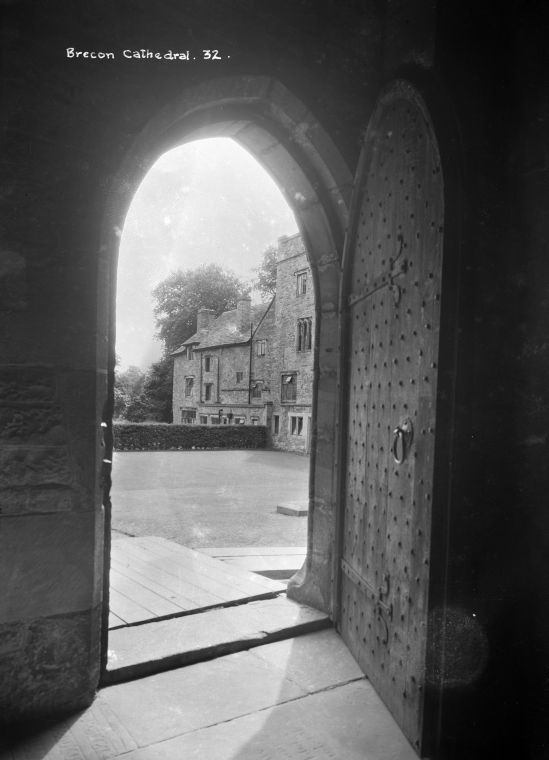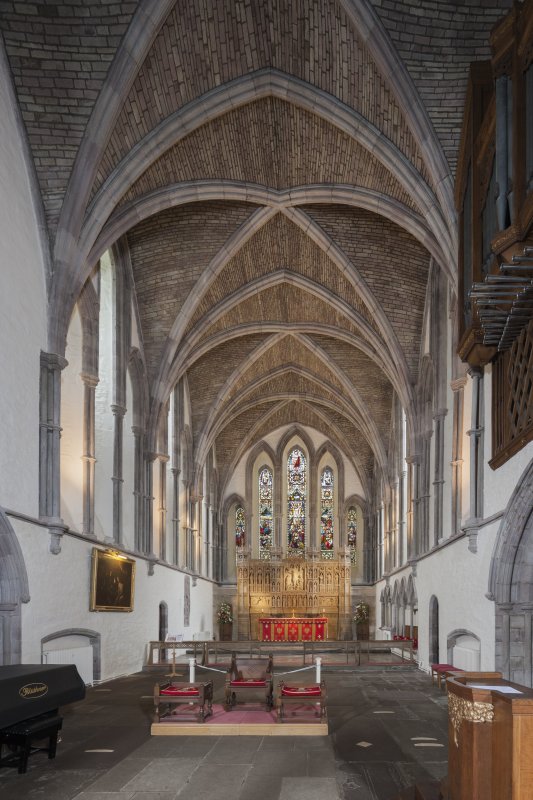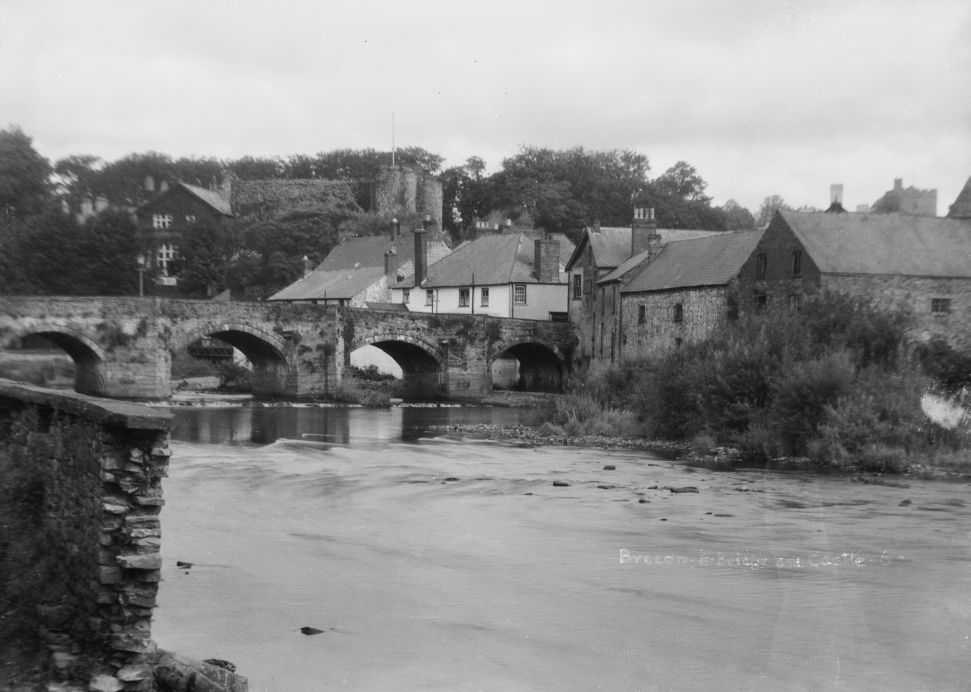Brecon - Overview
This small market town and former capital of the historic county of Brecknockshire is situated on the confluence of the rivers Honddu and Usk. The Romans established a cavalry base here during their occupation of Britain for their onward conquest of Wales. In the eleventh century, the Normans built a castle here, again due to the town’s favourable strategic location on one of the few fords on the river. In the mid thirteenth century a circuit of town walls were built. Little survives of these as they were destroyed in the English Civil War. Brecon Cathedral originated in the eleventh century as a church dedicated to Saint John. It is the newest cathedral in Wales, having become the seat of the Bishop of Swansea and Brecon in 1923 following the disestablishment of the Church in Wales three years earlier.
Brecon’s favourable location to the north of the Brecon Beacons has made it a long-time favourite with tourists. With the gradual improvement of the major roads in Wales during the late eighteenth and early nineteenth century, it also served as a central stopping point for post coaches. Thanks to this development, many tourists came to visit. In 1844, Carl Carus and Friedrich August II, the King of Saxony, shortly stopped here to change horses and enjoyed the bustling life of the market and beautiful surrounding countryside on their day’s journey from Merthyr Tydfil to Aberystwyth.
Accounts of Travel
England und Schottland im Jahre 1844, 1844
Carl Gustav Carus (1789 – 1869)
Dieses Brecon scheint ein Ort für Touristen zu seyn, welche die nahegelegenen Gebirge besteigen und an landschaftlicher Natur sich erbauen. Ein trefflich eingerichtetes Hotel öffnet dort seine Thüren, nahe dabei findet sich eine alte mit Epheu umrankte Kirche von hübschen Anlagen eingeschlossen; die Aussicht auf schöne von Sonnenlicht und Wolkenschatten umspielte Gebirge ist einladend genug – allein alles dieß hält uns nicht auf, und abermals weiter bringen uns eilende Rosse nach Rayader.
(The King of Saxony’s Journey Through England and Scotland in the Year 1844. Trans. S.C Davison. London: Chapman and Hall, 1846)
Beyträge zur Kenntniss vorzüglich des Innern von England und seiner Einwohner, 1783
Carl Gottlob Küttner (1789 – 1869)
Breknok ist abermals eine artige, ziemlich beträchtliche und wohlaussehende Stadt mit vielen feinen Gebäuden darin. – Allein der schönste Strich Landes auf dieser ganzen Reise ist zwischen Breknok und Monmouth. Die Berge sind voll der schönsten Form, ziemlich hoch und doch bis aus die Spitze hinauf vollkommen angebaut. Die Getraidefelder sind in der besten Ordnung; aber der Wiesen und Weiden giebt es weit mehrere.
Brecon is another neat, rather sizeable and handsome town with many fine buildings. Alone, the most beautiful stretch of land on this journey is situated between Brecon and Monmouth. The mountains are of the most beautiful shape, quite tall and completely farmed even up to the summit. The corn fields are of the best quality, but there are far more meadows and pastures.

